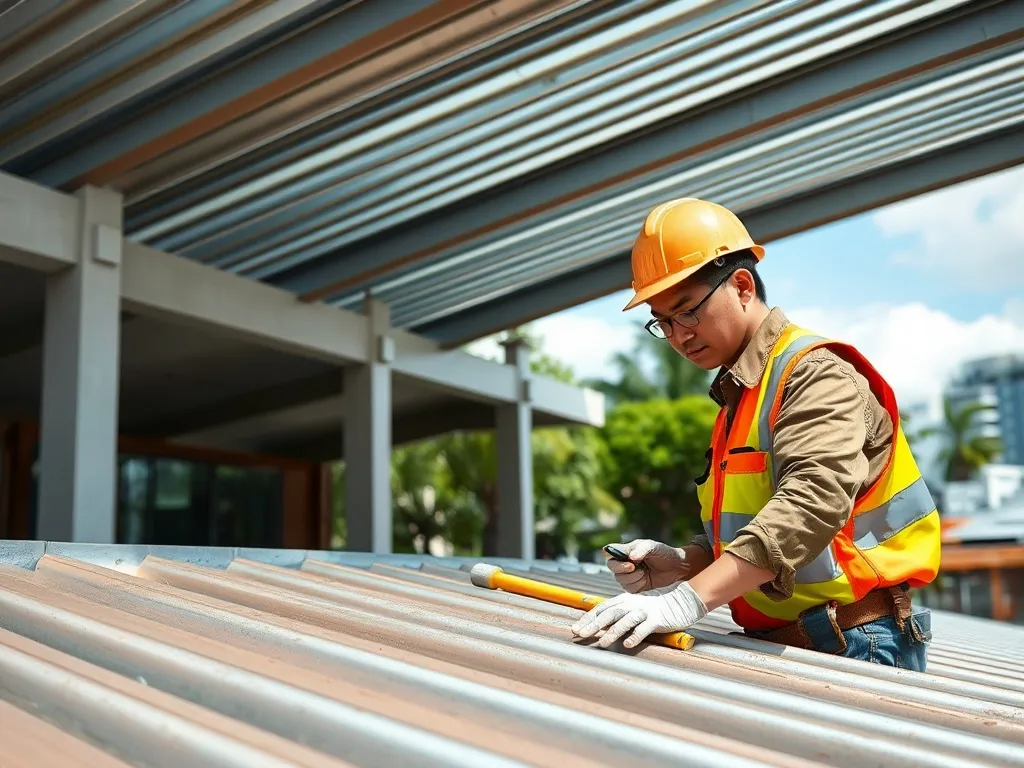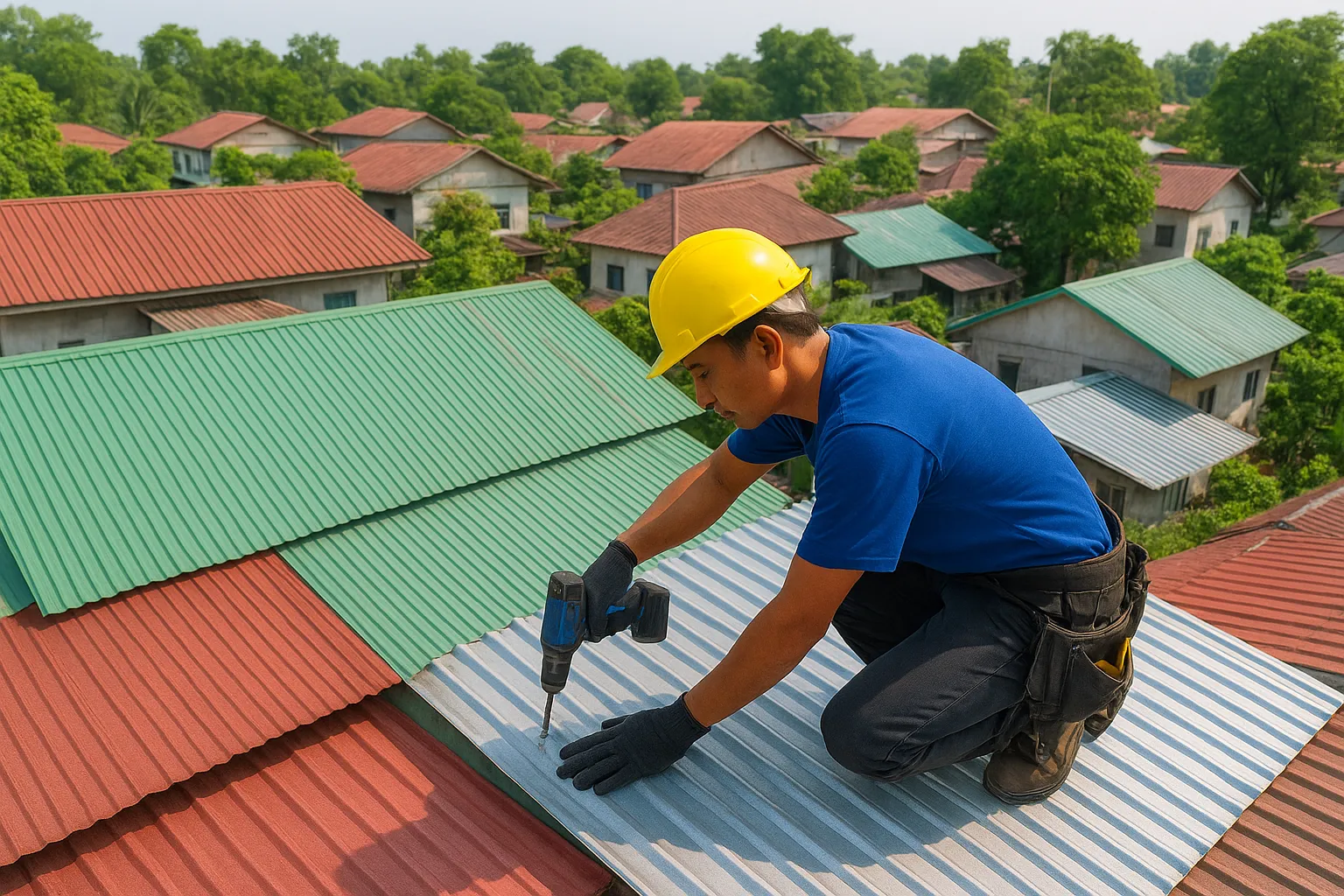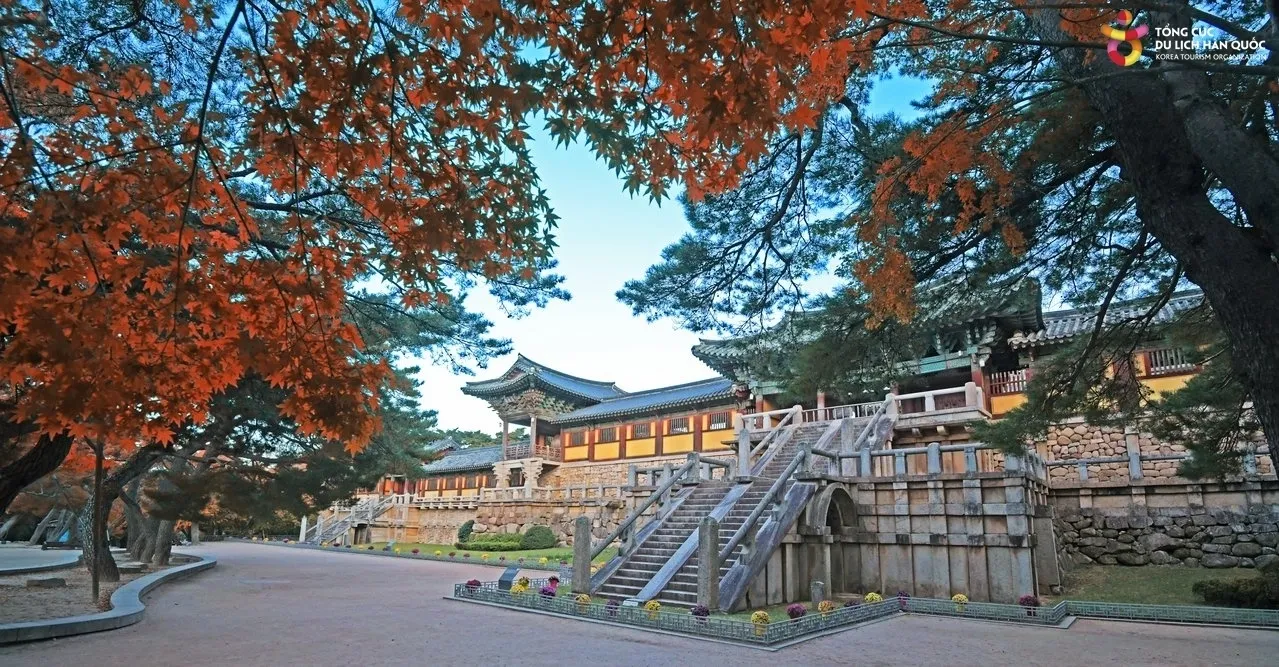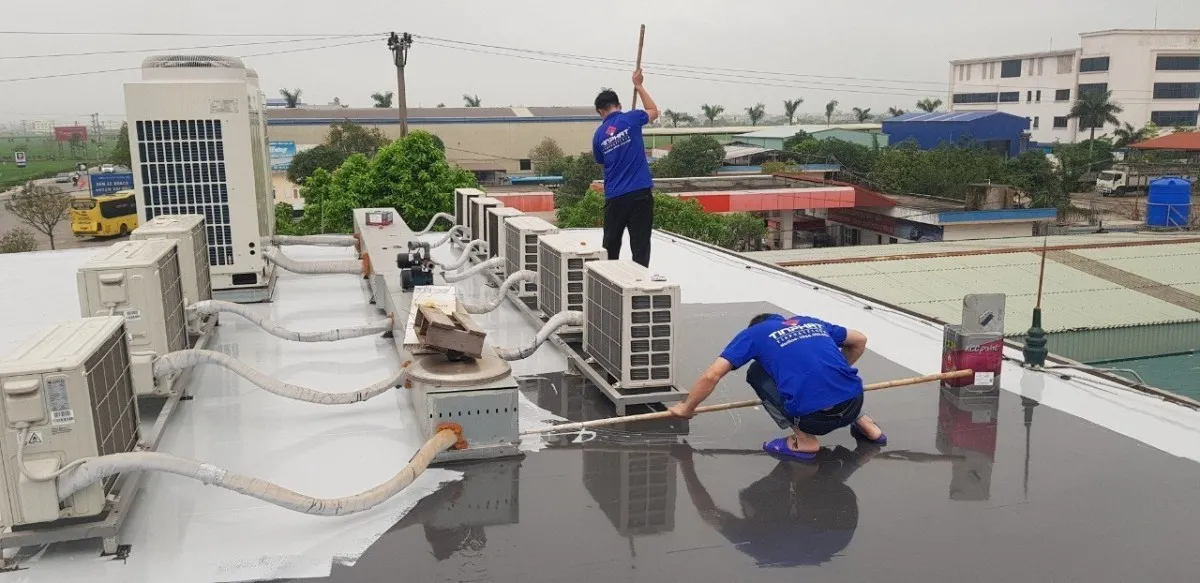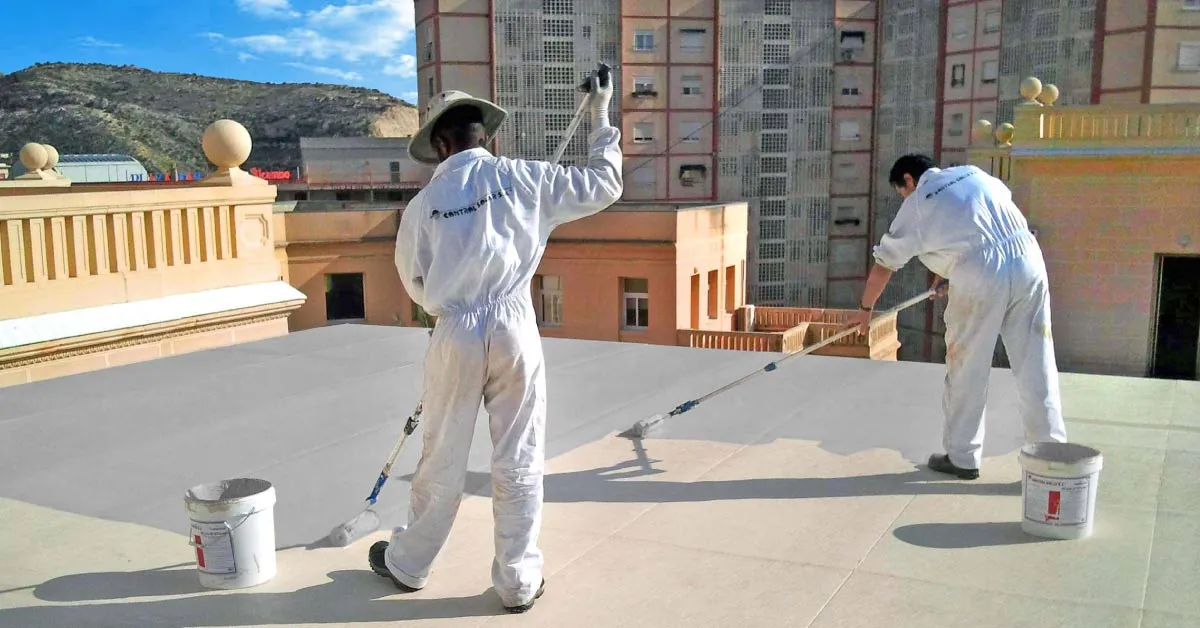Best Eco-Friendly Flooring Options for Modern Homes in 2025
As we move further into 2025, the importance of sustainable living has become central to modern home design. One of the most impactful choices homeowners can make is selecting eco-friendly flooring. Flooring covers vast areas of our living spaces, and the materials we choose can significantly affect both the environment and our health. From renewable resources like bamboo and cork to innovative recycled materials and smart flooring technologies, the options available today are more diverse and stylish than ever. This article explores the best eco-friendly flooring options for modern homes in 2025, arranged in a logical flow from traditional natural materials to futuristic innovations.
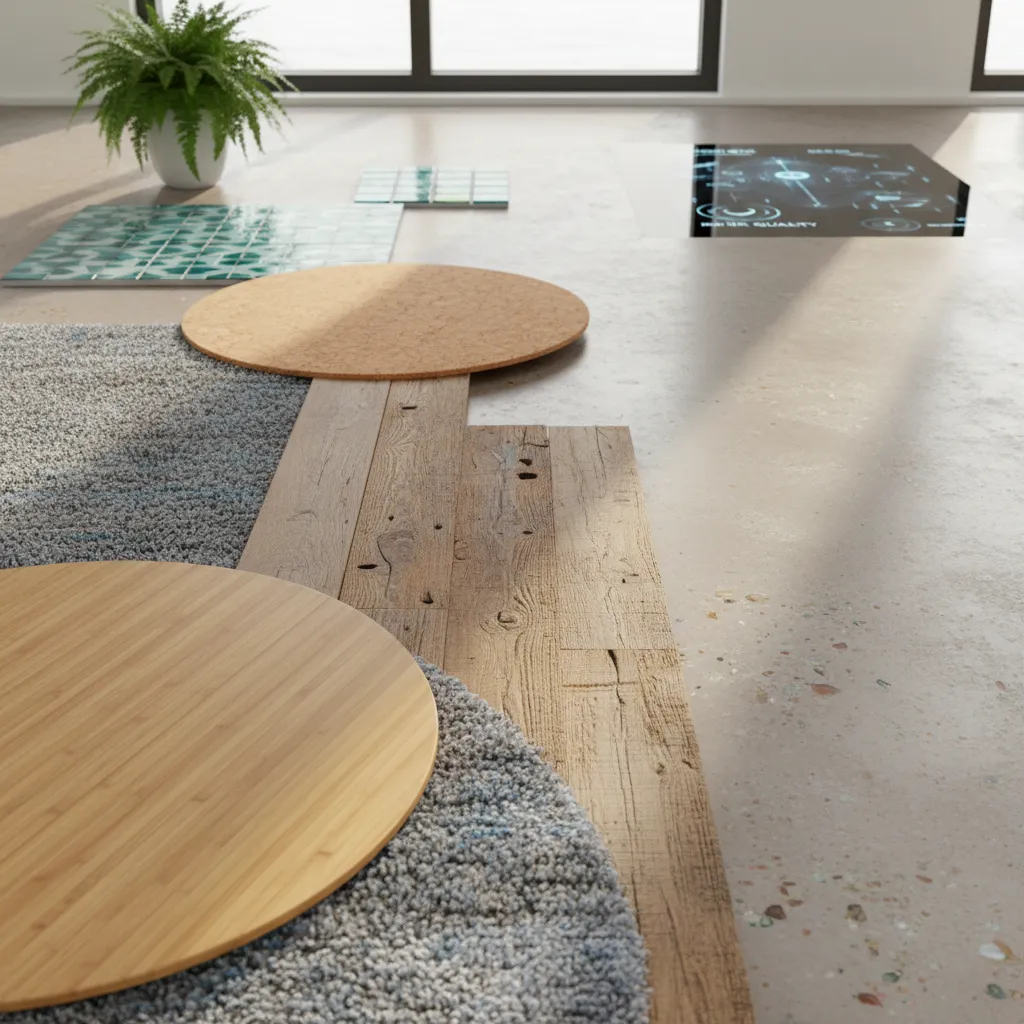
The Rise of Eco-Friendly Flooring in 2025
In 2025, sustainable flooring has transitioned from a niche preference to a mainstream demand. Homeowners are increasingly aware of the environmental impact of their choices, and flooring manufacturers have responded with innovative, planet-friendly solutions.
Government regulations and certifications such as LEED and WELL have further encouraged the adoption of eco-conscious flooring. Beyond environmental benefits, these materials also improve indoor air quality and enhance property value.
Key Drivers of Growth
- Rising awareness of climate change
- Advances in recycling and material science
- Consumer demand for healthier indoor environments
Bamboo Flooring: A Timeless Eco-Friendly Choice
Bamboo flooring remains one of the most popular sustainable options. Unlike hardwood, bamboo grows rapidly, reaching maturity in just 3–5 years, making it a highly renewable resource.
In 2025, engineered bamboo flooring is stronger than ever, offering resistance to scratches, moisture, and pests. With modern finishes, bamboo can mimic the look of oak, maple, or walnut, giving homeowners both style and sustainability.
Advantages of Bamboo Flooring
- Fast-growing and renewable
- Durable and stylish
- Available in multiple finishes
Cork Flooring: Comfort Meets Sustainability
Cork flooring is harvested from the bark of cork oak trees without harming the tree, making it a renewable and eco-friendly option. Its natural insulation properties help reduce energy consumption, keeping homes warmer in winter and cooler in summer.
Cork is also soft underfoot, making it ideal for families with children or elderly residents. Additionally, it is naturally resistant to mold, mildew, and pests, contributing to a healthier indoor environment.
Why Choose Cork?
- Renewable and biodegradable
- Excellent thermal and acoustic insulation
- Hypoallergenic and antimicrobial
Reclaimed Wood Flooring: A Second Life for Timber
Reclaimed wood flooring has gained popularity for its rustic charm and sustainability. By repurposing wood from old barns, factories, and warehouses, homeowners reduce the demand for new logging while preserving history.
Each plank of reclaimed wood carries unique textures and character. Beyond aesthetics, reclaimed wood is often stronger and more stable than newly harvested timber due to its age and seasoning.
Benefits of Reclaimed Wood
- Reduces deforestation
- Unique, vintage appearance
- Durable and long-lasting
Recycled Materials: Turning Waste into Beauty
In 2025, recycled flooring has become a design-forward solution. Manufacturers are transforming waste materials such as glass, rubber, and plastic into stylish flooring options.
Recycled glass tiles create stunning reflective surfaces, while rubber flooring made from old tires is resilient and perfect for gyms or playrooms. These options not only reduce landfill waste but also provide durable, low-maintenance surfaces.
Popular Recycled Flooring Options
- Recycled glass tiles
- Rubber flooring from tires
- Plastic composite planks
Linoleum: The Classic Green Flooring Reimagined
Linoleum flooring, made from natural materials like linseed oil, wood flour, and jute, is making a strong comeback. Unlike vinyl, it is biodegradable and does not release harmful chemicals.
Modern linoleum is available in a wide range of colors and patterns, making it versatile for contemporary homes. Its resilience and easy maintenance make it particularly suitable for high-traffic areas.
Why Linoleum is Back
- Made from natural, renewable materials
- Durable and long-lasting
- Stylish and versatile
Natural Stone Flooring: Timeless and Sustainable
Natural stone flooring such as slate, granite, and limestone remains a luxurious yet eco-friendly option. Since stone is a natural material, it requires minimal processing, reducing its environmental impact.
Stone flooring is incredibly durable, often lasting for decades with minimal maintenance. Its natural cooling properties also make it an energy-efficient choice for homes in warmer climates.
Eco-Benefits of Stone
- Long lifespan reduces replacement needs
- Minimal processing required
- Natural cooling properties
Concrete Flooring: Industrial Chic with a Green Twist
Concrete flooring has evolved into a sleek, minimalist option for modern homes. In 2025, polished concrete is celebrated for its durability and low maintenance. When sourced locally, it reduces transportation emissions, making it a sustainable choice.
Concrete can also be enhanced with recycled aggregates and pigments. Its thermal mass helps regulate indoor temperatures, reducing energy consumption for heating and cooling.
Advantages of Concrete Flooring
- Durable and long-lasting
- Energy-efficient thermal mass
- Customizable with colors and textures
Carpet Innovations: Eco-Friendly Fibers in 2025
Carpets have traditionally been criticized for their environmental impact, but in 2025, eco-friendly carpets are changing perceptions. Manufacturers now use natural fibers like wool, jute, and sisal, as well as recycled PET from plastic bottles.
These carpets are designed with low-VOC adhesives and dyes, improving indoor air quality. Modular carpet tiles also allow for easy replacement of damaged sections, reducing waste.
Eco-Friendly Carpet Options
- Wool carpets
- Jute and sisal rugs
- Recycled PET carpets
Future Innovations: Smart and Sustainable Flooring
Looking ahead, the future of eco-friendly flooring is shaped by technology. Smart flooring systems are being developed with embedded sensors to monitor energy usage, air quality, and even foot traffic patterns.
Biodegradable composites, 3D-printed flooring, and carbon-negative materials are also on the horizon. These innovations promise to make flooring not only sustainable but also interactive and adaptive to modern lifestyles.
Emerging Trends
- Smart flooring with sensors
- Carbon-negative materials
- 3D-printed sustainable flooring
Conclusion
In 2025, the best eco-friendly flooring options combine sustainability, durability, and style. From bamboo and cork to recycled materials and smart innovations, homeowners have more choices than ever before. Choosing eco-friendly flooring is not just about reducing environmental impact - it’s about creating healthier, more efficient, and future-ready homes. By embracing these sustainable solutions, modern households can enjoy beautiful interiors while contributing to a greener planet.

